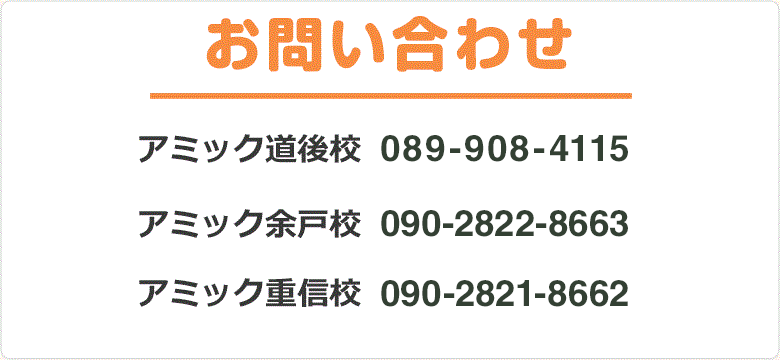月別アーカイブ:2018年5月
Toxe – Big Age 英会話・英語 アミック
So here’s Toxe from Sweden making me feel giddy, melancholic, introspective, outside, digital, in the flesh and very very something I can’t quite explain. She’s just that type of girl.
英会話・英語 アミック When I grow up…
When you were a child, what did you want to be?
Baseball dances! 英会話・英語 アミック
I’m not a very big fan of baseball, but I am a huge fan of Japanese baseball fans. I recently learned that many baseball teams in Japan have very devoted followers that learn dances and chants to support their team from the stands.
Here is a video of Hiroshima Carp fans doing their “squat cheer”:
Their legs must be so sore after a great game!
And here’s the fans’ of the Orix Buffaloes doing their fun towel dance:
In America, baseball fans don’t really have an organized chant or routine to celebrate their team. However, college football fans are known to get pretty rowdy during games.
Here’s the University of Arkansas Razorbacks “calling the pigs” during a game:
And of course the “Rammer Jammer” of the University of Alabama:
No matter where you are in the world, it seems that every sports team has their own way of celebrating! What does your favorite sports team’s fans do to show their support?
英会話・英語 アミック chess vs shogi
Here are the significant differences between chess and shogi:
- In shogi, captured pieces become the property of the capturer and can re-enter play by being dropped onto almost any vacant square. In chess, captured pieces are out of the game. Thus, in shogi, piece exchanges complicate the play significantly while in chess they simplify it.
- The shogi board is 9×9; the chess board is 8×8.
- Shogi has five pieces with no counterpart in chess: the gold and silver generals, the lance, the promoted rook and the promoted bishop. Chess has one piece with no counterpart in shogi: the queen. The knight’s move in shogi is much more restrictive than in chess. Pieces in shogi generally have a much smaller range of movement than in chess (unless they are in hand).
- In shogi, all pieces except the gold general and the king can promote, but only to one kind of piece. Promotion is easier in shogi because the promotion zone is closer to the starting position of the pieces (especially pawns). In chess, only the pawn can promote, but it can promote to any other piece except the king.
- In shogi, pawns capture the same way they move. There is no initial two-space pawn move and hence no en-passant captures. In chess, pawns capture diagonally which means that opposing pawns can block each other.
- In shogi, you only have one rook and one bishop. Note that the bishop is not restricted to only one “color” square (squares in shogi aren’t colored, but never mind) because promoted bishops can also move one square orthogonally.
- There is no special castling move in shogi. The term “castle” is used in shogi to denote a defensive formation consisting of (usually) three generals which protect the king. There are many such castles (about 40 or so have names).
- Draws are much rarer in shogi than in chess. Perpetual check is not allowed. Stalemate is a virtual impossibility, and is a loss for the stalematee.
- Since pieces are never out of play in shogi, chess-type endgames involving only a few pieces do not occur.
- Shogi games are generally longer than chess games (about 60-70 moves is typical).
- Shogi has a well-developed handicap system which is in general use; chess does not.
英会話・英語 アミック 英語の教え方も教えています!

小学校で英語の授業が徐々に本格的に始まりだしたことから、アミックでは、各教育委員会様からのご依頼を受け、小学校の先生方やALT (Assistant Language Teacher)達にも「英語の教え方」を教えに伺ったりしています。
小学校の先生方への研修はありがちなのですが、なかなかないのが英語ネイティブのALTに対する英語での英語教授法の研修です。彼らは、日本の英語教育に貢献する大切な立場でありながら、なかなか研修の機会に恵まれることが少なく、色々な不安や疑問を抱えている人が多いのが実情です。
さあ、ここで、アメリカの大学院博士課程で英語教授法を学んだアミックの里美校長の出番です! ALT達の話を聞いたり、いくつかの実践的なアドバイスをしたりして、今日の出張レッスンを終えました。
先生も生徒も、英語を使う人皆が、英語を通してハッピーになれますように!












